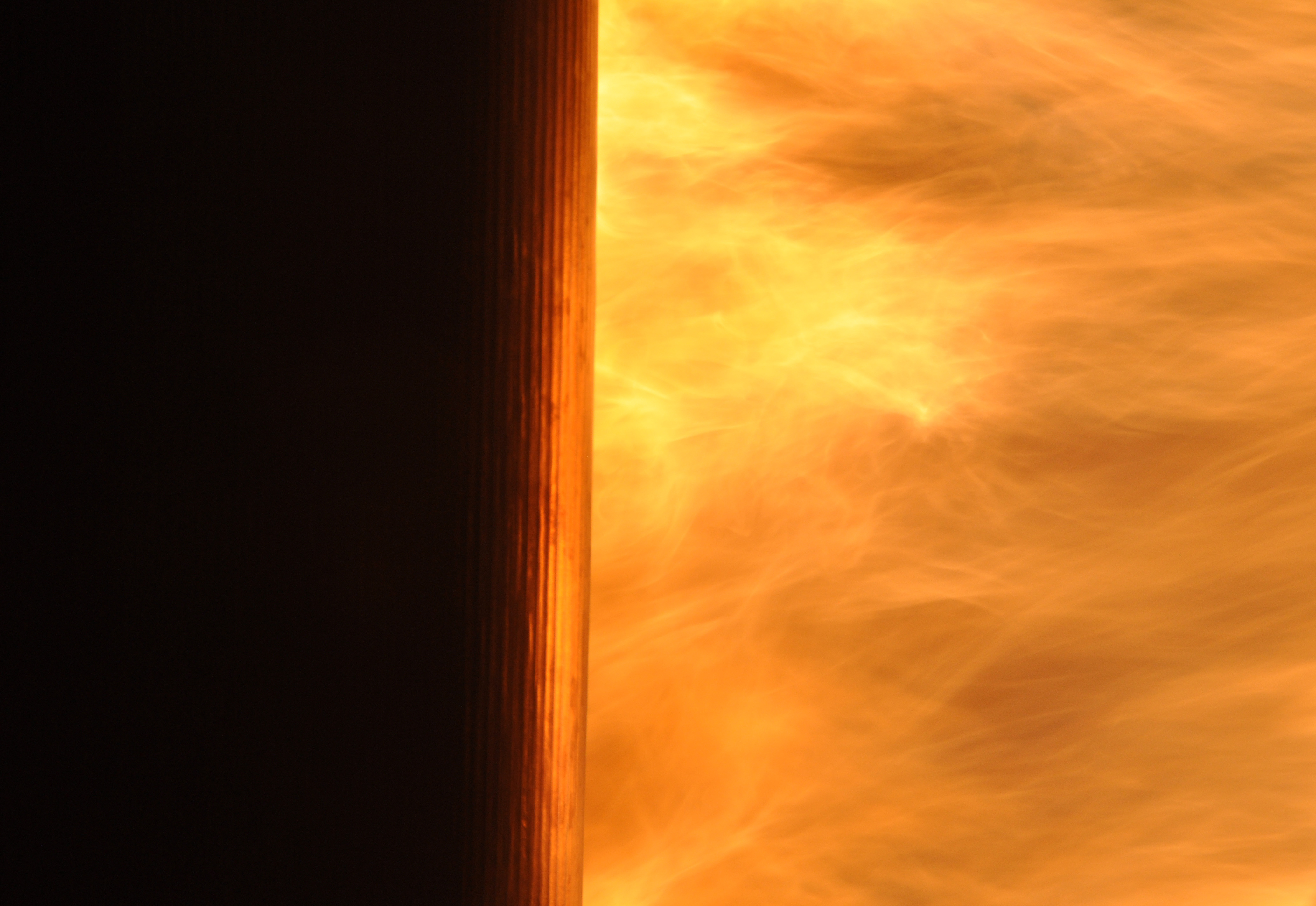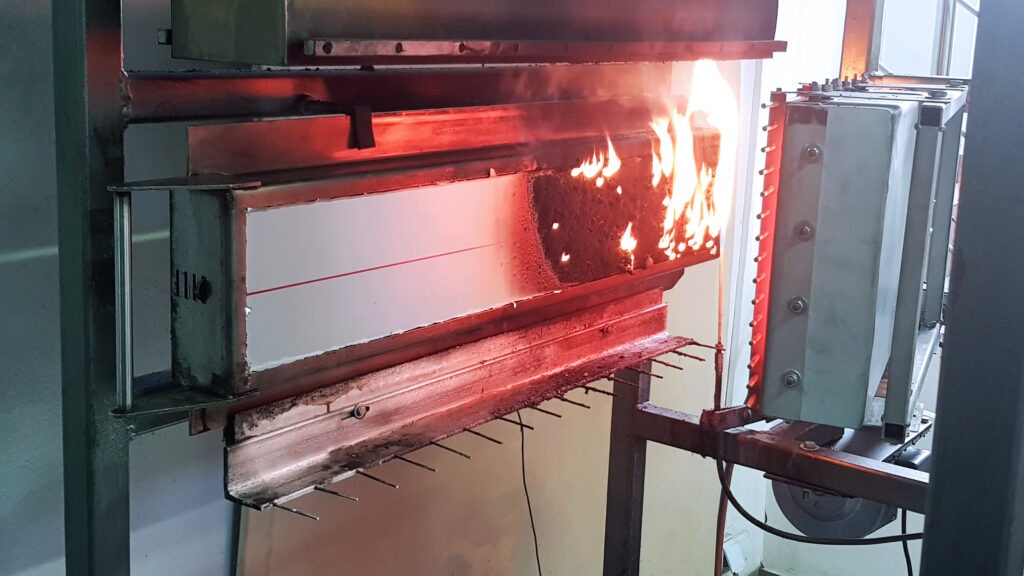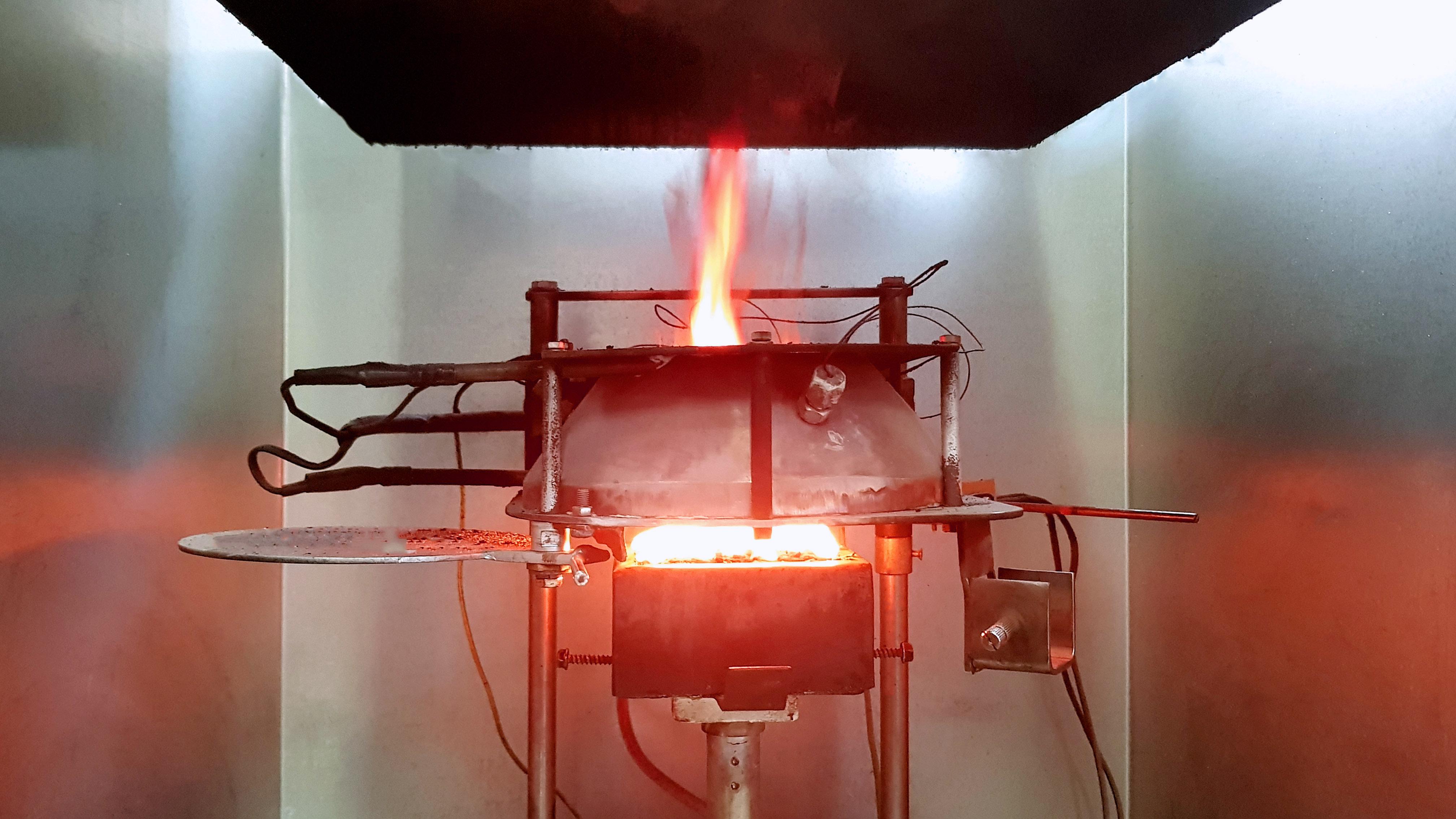Another month and another goal reached by 3A Composites Mobility team. With proud and pleasure we inform about the achievement of HL3 level regarding EN-45545 based on non-phenolic components. It is the highest level for R17 in EN 45545 standard – the complete system including painting. Because we ensure high quality of our products, our system do not contain phenolic based materials. Thanks to this success, we are able to produce sandwich elements which will be applicable to the front ends of rail vehicles including subway metro systems.

Fire protection for railway vehicles – EN45545 standard– clarifies the material requirements for different levels of risk regarding various parts of vehicles. Recent weeks our engineers have been working in order to achieve another goal according to our projects and, in consequence, to continually develop innovative solutions for the future of transport.
There were a number of tests intensively conducted in accordance with regulation in authorized laboratories in order to obtain the highest quality of components delivered to our clients.


The following researches were carried out:
1. CFE-ISO 5658-2 – The flame spread
The principle is the propagation of flame alongside the sample until it becomes extinct or test is completed. The method enables to define the length of the burned part of the sample to specify a critical heat flux (kW/m2). The approach is conducted in order to term the spread of flame.
2. MAHRE ISO 5660-1 – The heat release intensity
Regarding this test, the sample is treated with ionizing radiation by using an electric conical heater. This process controls the maximum average rate of heat release (kW/m2) throughout 20-minute test. The analysis is intended to determine the intensity of heat release by the sample.
3. Ds./VOF/CIT ISO 5659-2 – The intensity of smoke production
The sample is treated with thermal radiation in a closed chamber with the aim of testifying gross optical density Ds and VOF4 – blackout value at fourth minute. The test specifies concentration of relevant fumes in emitted smoke and defines the toxicity index of the gases – CITG (-). The method allows to calculate the rate of smoke production.

Due to continuous development of technology and functionality of our products, we have opportunity to comply with next railway standards. Owing to this, we contribute the future of transport – and in the safest possible way.
